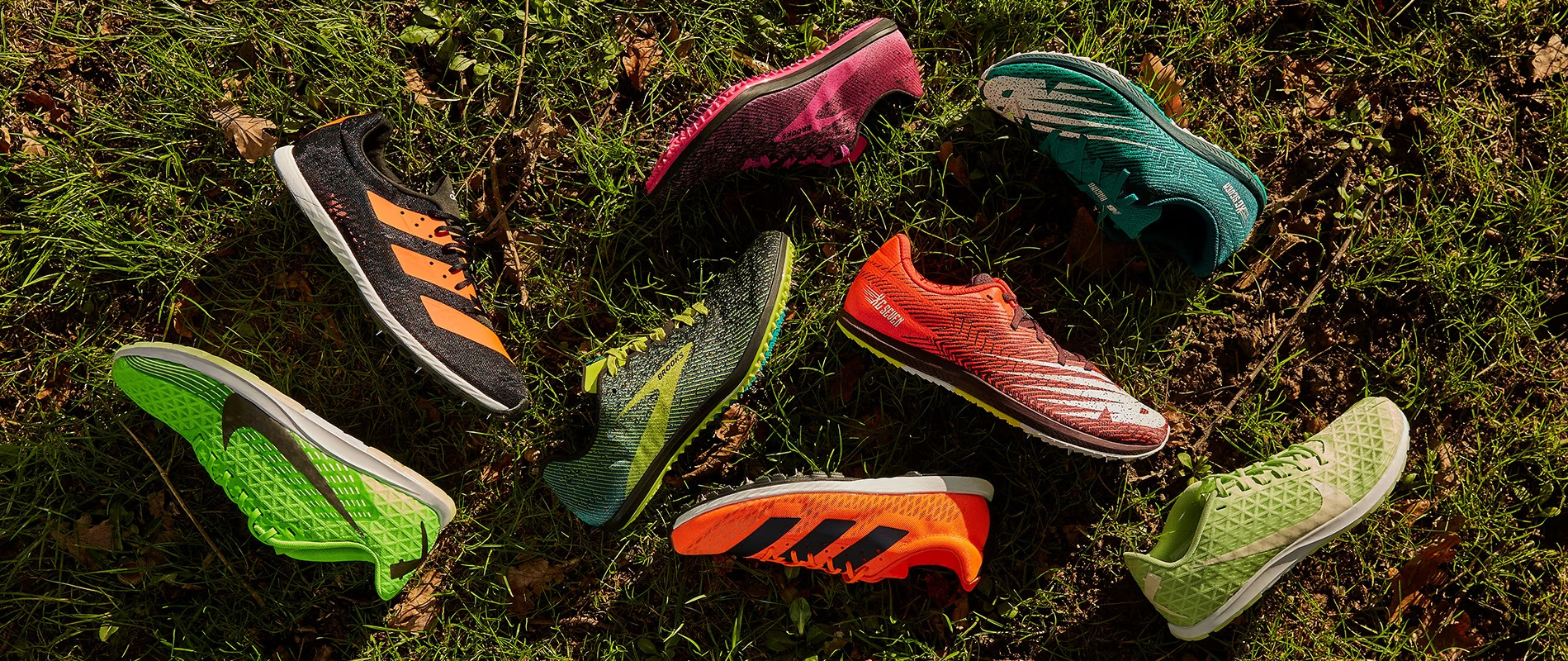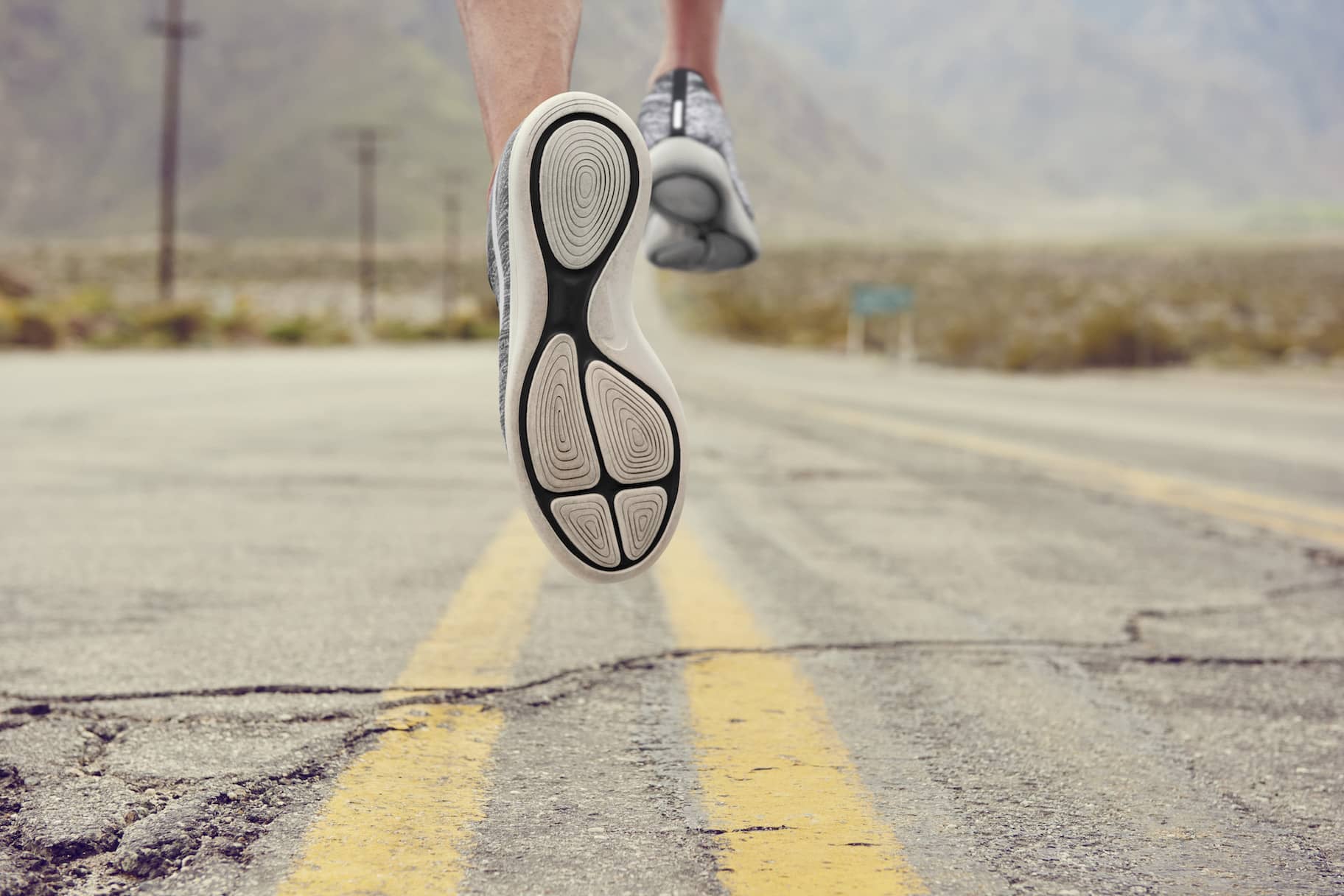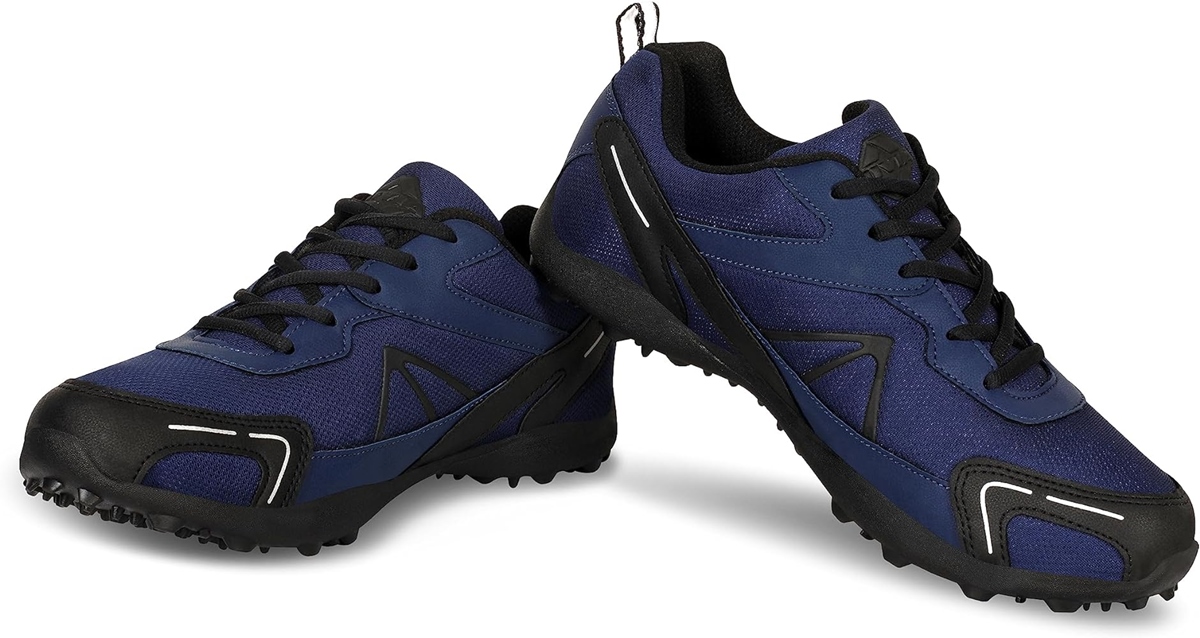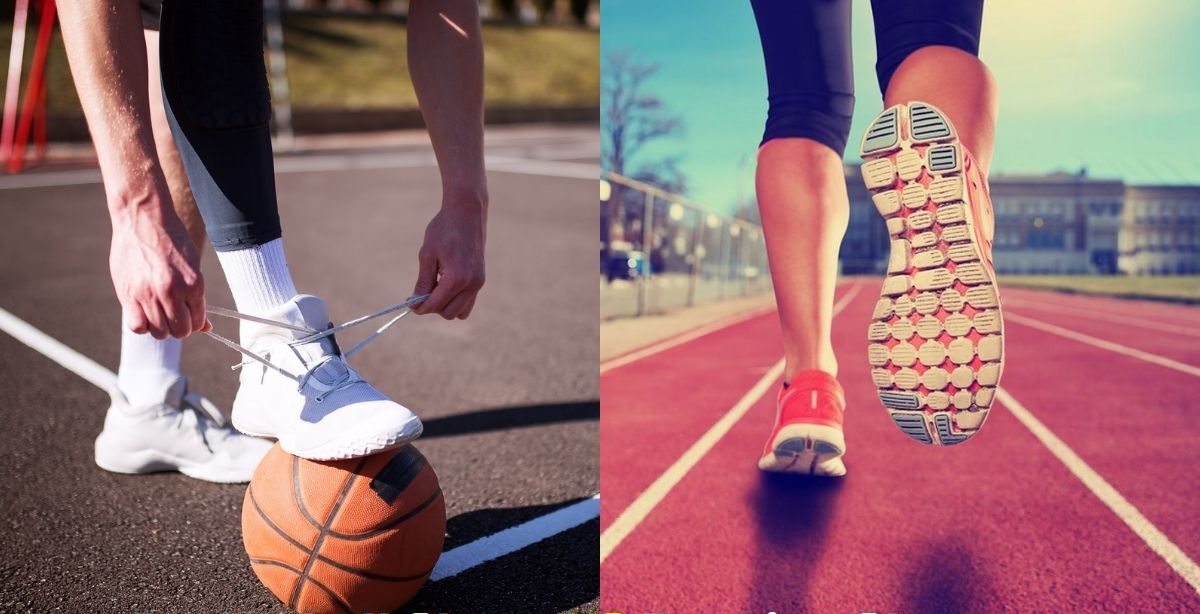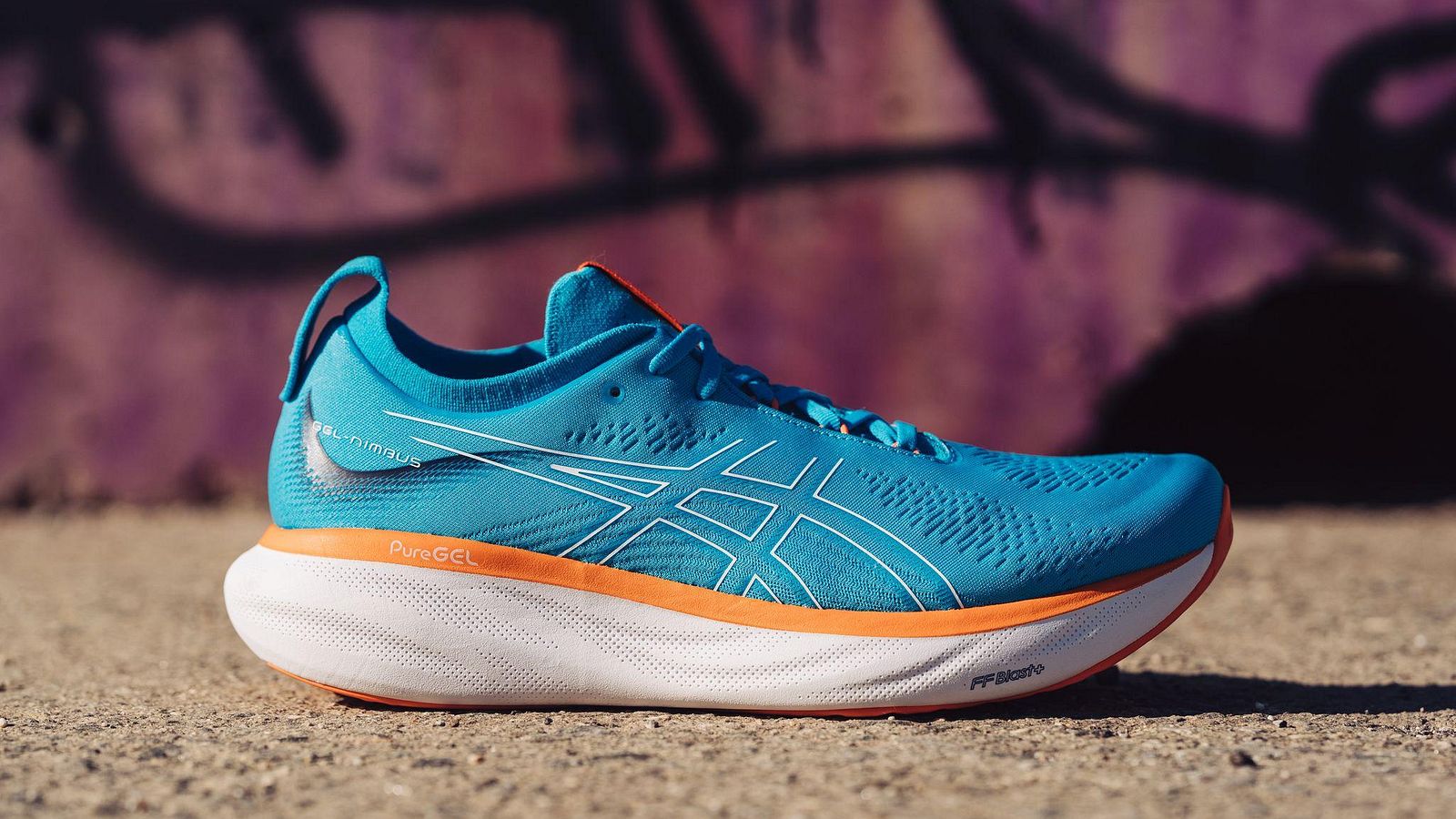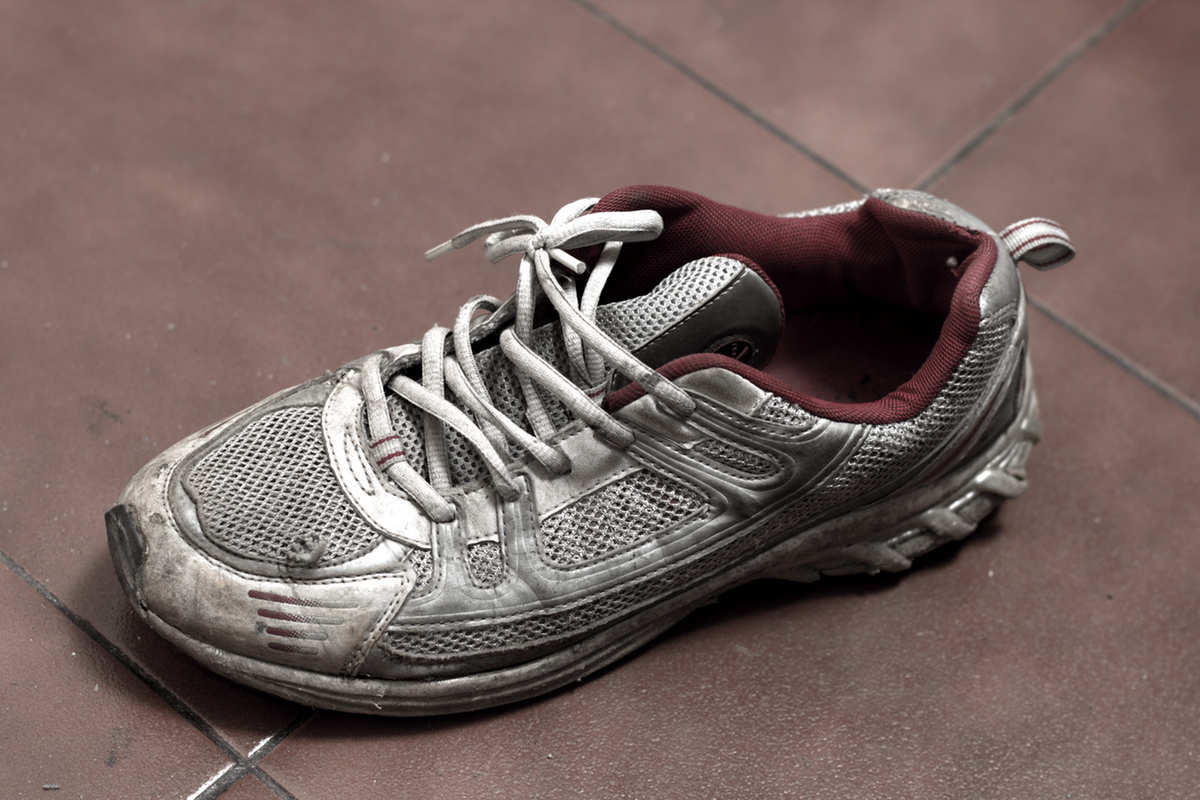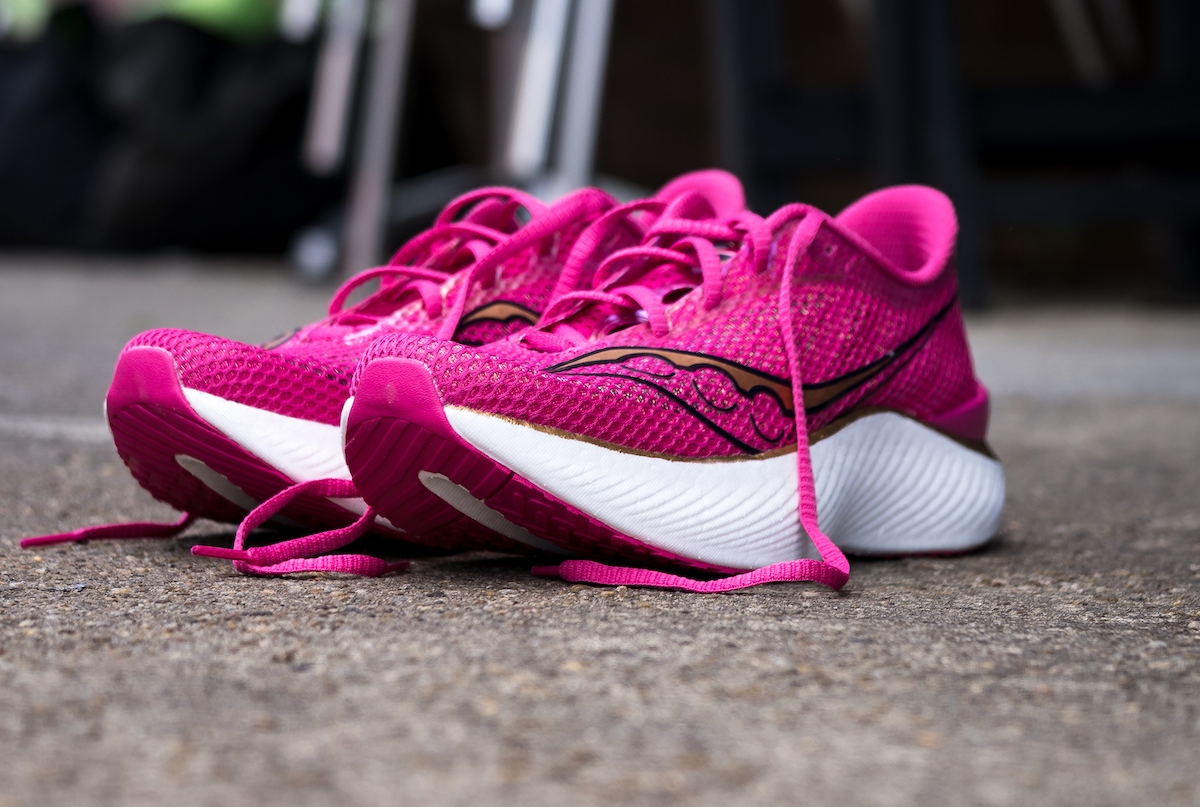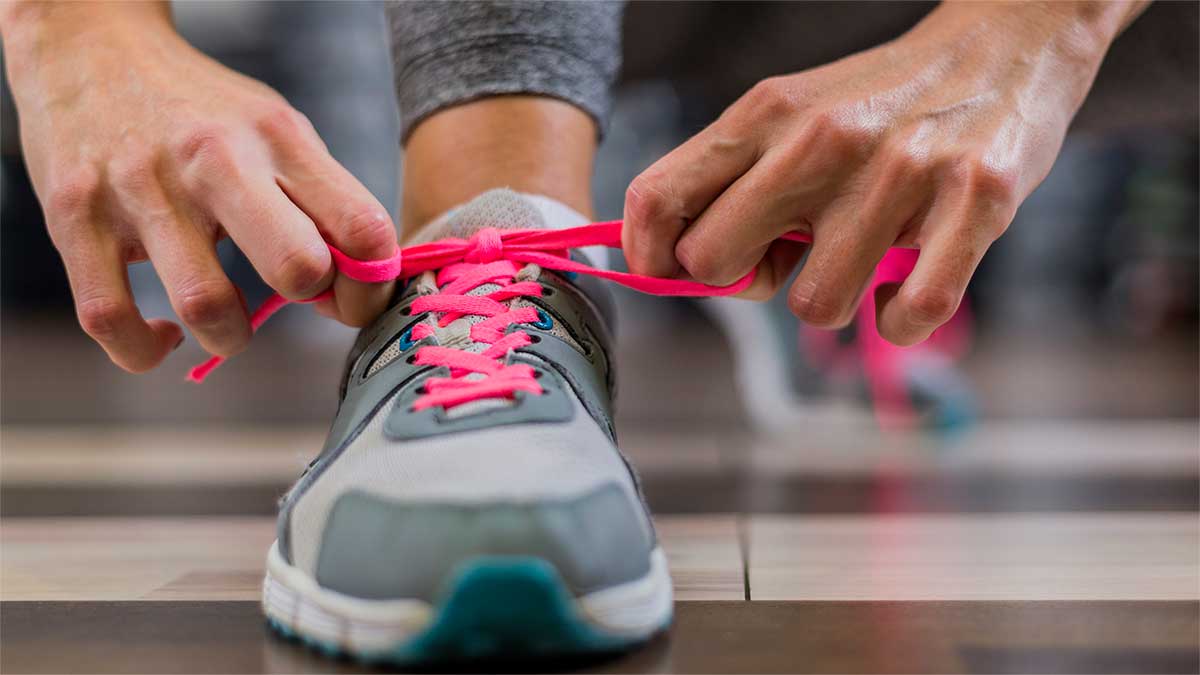Home>Misc>Featured>What Are The Rear Lace Holes On Running Shoes For
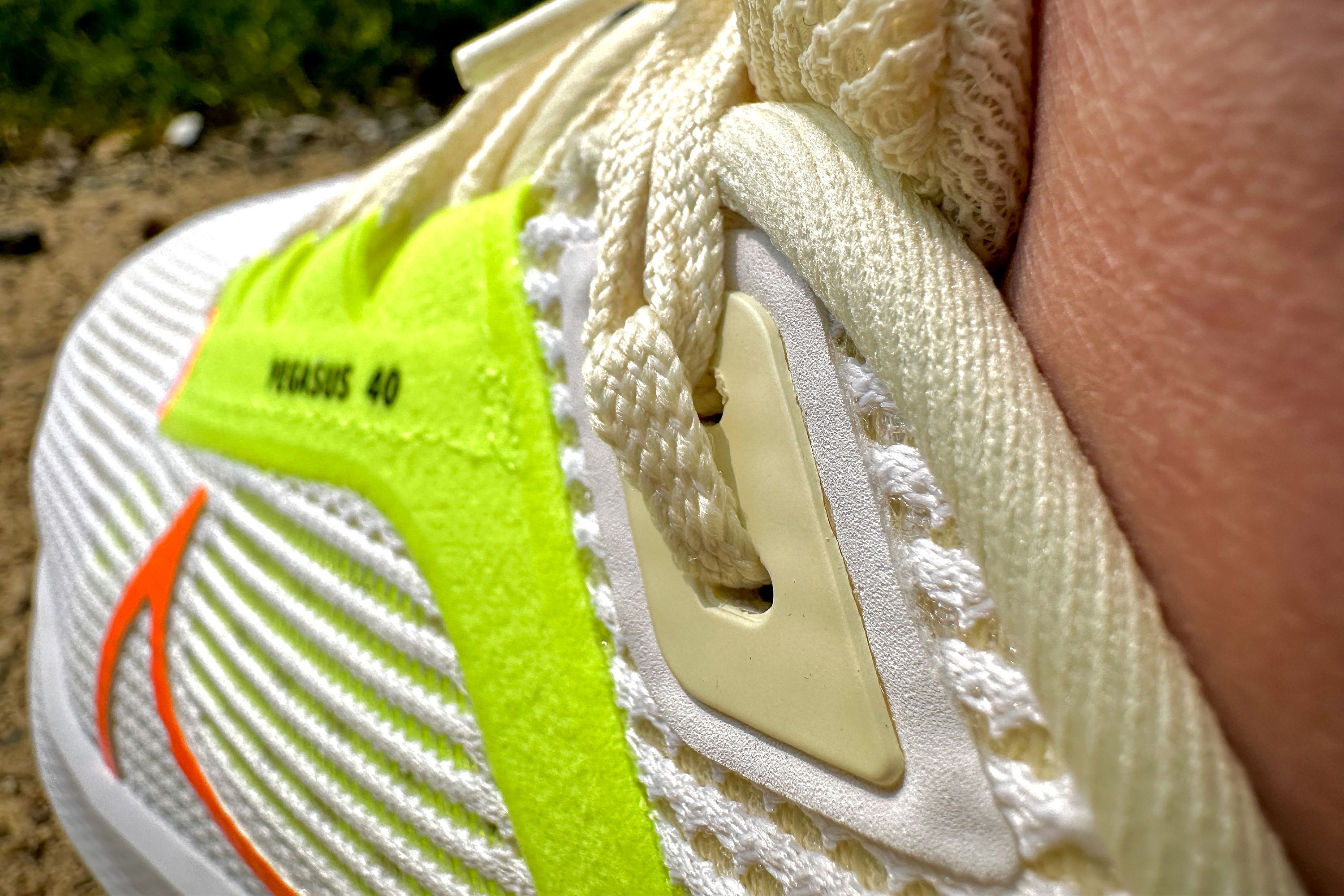

Featured
What Are The Rear Lace Holes On Running Shoes For
Modified: August 18, 2023
Learn why running shoes often have rear lace holes and how they can enhance your running experience. Featured information on the purpose of rear lace holes in running shoes.
html
Introduction
When it comes to running shoes, there are a variety of features and designs that cater to different needs and preferences. One such feature that you may have noticed on some running shoes is the presence of rear lace holes. These additional lace holes are often situated towards the back of the shoe, near the ankle area. At first glance, they may seem like a minor detail, but they serve a specific purpose and offer several benefits for runners.
Understanding the anatomy of running shoes can help shed light on the role of these rear lace holes. Running shoes are designed to provide support, cushioning, and stability while absorbing the impact of each stride. They consist of various components, including the upper, midsole, and outsole. The upper part of the shoe covers the foot and is typically made of breathable materials. It also features the lace system, which allows runners to adjust the fit according to their preference. This is where the rear lace holes come into play.
html
Anatomy of Running Shoes
Before delving into the purpose and benefits of rear lace holes, let’s take a closer look at the anatomy of running shoes. Understanding how these shoes are constructed will provide valuable context when discussing specific features.
Running shoes typically consist of three main components: the upper, midsole, and outsole. The upper is the part of the shoe that covers the foot and is responsible for providing support, flexibility, and breathability. It is usually made of lightweight and breathable materials such as mesh or synthetic fabrics.
The midsole is located between the upper and the outsole and serves as the primary cushioning system of the shoe. It is often made of foam or gel materials that offer shock absorption and stability. The outsole, on the other hand, is the bottom part of the shoe that comes into contact with the ground. It is responsible for providing traction and durability.
Additionally, running shoes may feature various other components, such as arch support, heel counters, and toe boxes, that cater to the unique needs of runners.
Now that we have a basic understanding of the anatomy of running shoes, let’s explore the purpose and benefits of rear lace holes.
html
Purpose of Rear Lace Holes
The rear lace holes, also known as heel lock or runner’s loop, serve a specific purpose in running shoes. Their primary function is to provide a more secure and snug fit around the ankle and heel area. By utilizing these additional lace holes, runners can customize the fit of their shoes to prevent slippage and minimize the risk of blisters or discomfort during their runs.
The placement of the rear lace holes at the back of the shoe allows for targeted tightening around the ankle, creating a locked-in sensation that enhances stability and control. This feature is particularly useful for runners who have narrow heels or experience issues with heel slippage. By properly lacing their shoes through the rear lace holes, they can effectively address these problems and ensure a snug fit that promotes optimal performance.
Furthermore, the rear lace holes can also help alleviate pressure on the Achilles tendon. By properly lacing the shoes through these holes, runners can create tension along the heel and ankle area, reducing the strain placed on the Achilles tendon during their runs. This extra support can enhance comfort and reduce the risk of injury.
Overall, the purpose of rear lace holes is to provide runners with a customizable fit that promotes stability and comfort during their runs. It allows for a more secure lock around the ankle, minimizing slippage and improving overall performance.
html
Benefits of Rear Lace Holes
The presence of rear lace holes on running shoes offers several benefits that can improve the running experience for athletes of all levels. Here are some of the key advantages:
- Enhanced Stability: By utilizing the rear lace holes, runners can achieve a more secure and locked-in fit around the ankle and heel area. This helps to minimize movement and potential slippage within the shoe, providing enhanced stability and control.
- Customizable Fit: The rear lace holes allow runners to fine-tune the fit of their shoes to suit their individual preferences. They can adjust the tension around the ankle and heel, creating a personalized fit that maximizes comfort and performance.
- Reduced Injuries: Properly lacing the shoes through the rear lace holes can help alleviate strain on the Achilles tendon, reducing the risk of Achilles tendonitis or other related injuries. The extra support provided by the rear lace holes can also help prevent blisters and discomfort.
- Improved Efficiency: A secure fit around the ankle and heel area helps to optimize the transfer of energy from the foot to the shoe, promoting a more efficient running stride. This can lead to improved performance and reduced fatigue over longer distances.
- Enhanced Comfort: The snug and secure fit achieved through the rear lace holes can help eliminate friction and reduce movement within the shoe. This can contribute to a more comfortable running experience, especially during high-intensity workouts or longer runs.
It’s important to note that the benefits of rear lace holes may vary depending on individual preferences and foot anatomy. Some runners may find them particularly beneficial, while others may not experience a significant difference. It’s recommended to experiment with different lacing techniques and positions of the lace holes to find the most comfortable and supportive fit for your specific needs.
html
How to Use Rear Lace Holes
While the rear lace holes may seem intimidating at first, using them is actually quite simple. Here are step-by-step instructions on how to utilize the rear lace holes on your running shoes:
- Begin by lacing your shoes as you normally would, starting from the bottom or the toe box and working your way up. Ensure that the laces are evenly distributed and not too tight or loose.
- Once you reach the topmost set of regular lace holes, thread the laces through the rear lace holes located towards the back of the shoe.
- Take one lace and thread it diagonally into the corresponding rear lace hole on the opposite side of the shoe, creating an “X” pattern. Repeat this step with the other lace.
- Pull the laces snugly to create tension around the ankle and heel area, ensuring a secure fit without causing discomfort or restricting movement.
- Continue lacing the shoes as usual, using the remaining regular lace holes until you reach the top of the shoe. Tie the laces securely to prevent them from coming loose during your run.
It’s important to note that there are various lacing techniques that can be used with rear lace holes, such as the “heel lock” or “runner’s loop” technique. These techniques involve looping the laces through the rear lace holes to create additional tension and support around the ankle. Experiment with different techniques to find the one that provides the best fit and comfort for your feet.
Remember, the key is to achieve a snug and secure fit without causing discomfort or cutting off circulation. Adjust the tension of the laces as needed during your run to maintain optimal comfort and stability.
By following these simple steps and customizing the lacing technique to your preference, you can make the most of the rear lace holes and enjoy the benefits they offer during your runs.
html
Conclusion
The rear lace holes on running shoes may seem like a small detail, but they serve a purpose and offer several benefits for runners. By providing a more secure and customizable fit around the ankle and heel area, rear lace holes enhance stability, reduce slippage, and minimize the risk of blisters or discomfort. They also help alleviate pressure on the Achilles tendon, reducing the risk of related injuries. Additionally, the snug fit achieved through the rear lace holes promotes energy transfer, efficiency, and overall comfort during runs.
When using rear lace holes, it’s important to find the lacing technique and tension that works best for your feet and running style. Experimentation is key in order to find the most comfortable and supportive fit. Remember to adjust the tension of the laces as needed during your run to maintain optimal comfort and stability.
Next time you lace up your running shoes, don’t overlook the rear lace holes. Take advantage of this feature and reap the benefits they provide in terms of fit, stability, and overall running performance.
